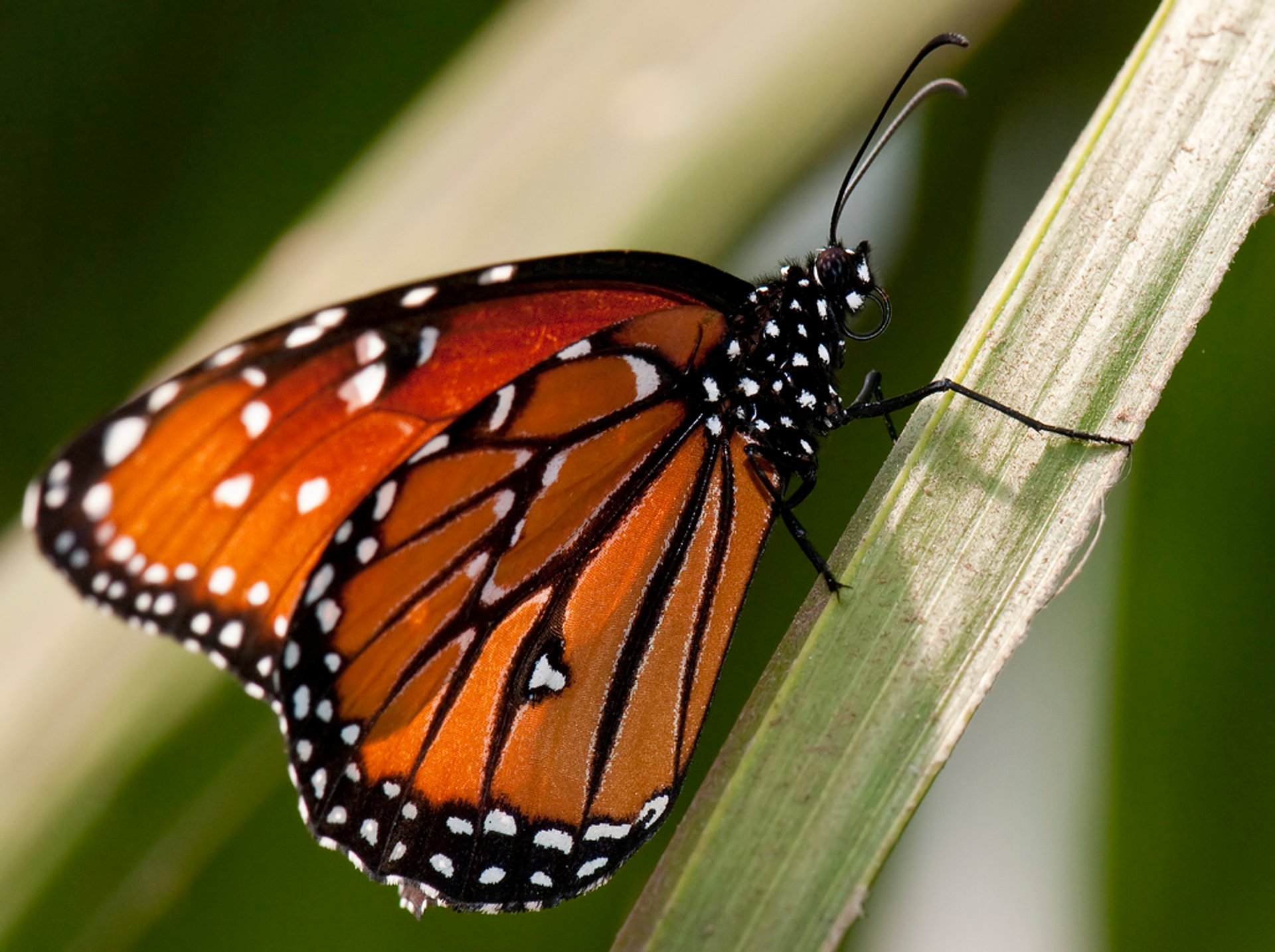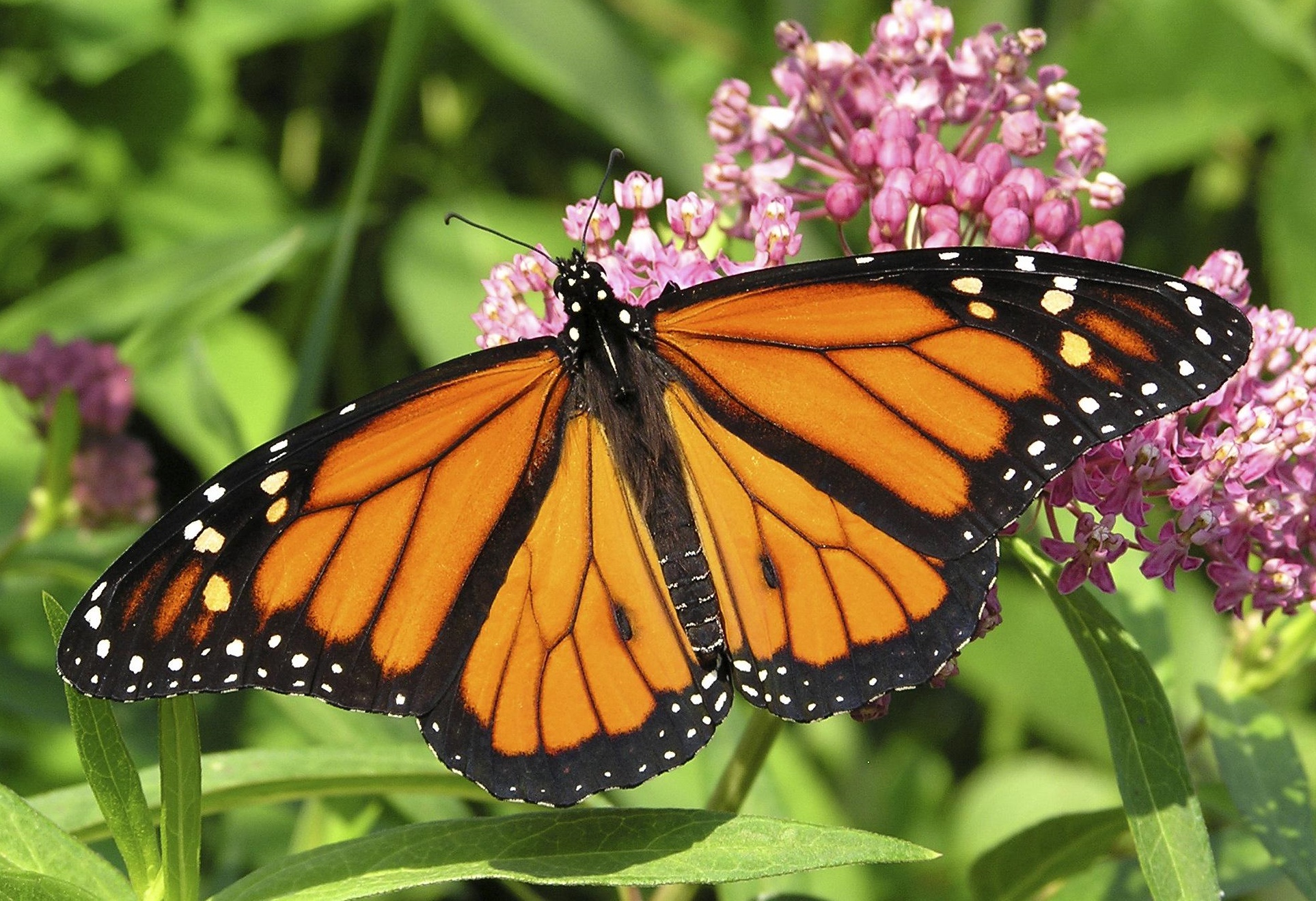
They only eat milkweed, which is why the female laid her eggs on milkweed leaves in the first place. The caterpillars’ main job is to grow, so they spend most of their time eating. A female usually lays between 300 and 500 eggs over a two- to five-week period.Īfter a few days, the eggs hatch into larvae, otherwise known as caterpillars in the moth and butterfly world. The female monarch butterfly lays each of her eggs individually on the leaf of a milkweed plant, attaching it with a bit of glue she secretes. There are also populations in Hawaii Portugal and Spain and Australia, New Zealand, and elsewhere in Oceania. No longer found in South America, monarchs in North America are divided into two main groups: The western monarchs, which breed west of the Rocky Mountains and overwinter in southern California and the eastern monarchs, which breed in the Great Plains and Canada, and overwinter in Central Mexico. Monarch butterflies are native to North and South America, but they’ve spread to other warm places where milkweed grows. Famous for their seasonal migration, millions of monarchs migrate from the United States and Canada south to California and Mexico for the winter. Its orange wings are laced with black lines and bordered with white dots.



The monarch butterfly is one of the most recognizable and well studied butterflies on the planet. Current Population Trend: Unknown About the monarch butterfly


 0 kommentar(er)
0 kommentar(er)
